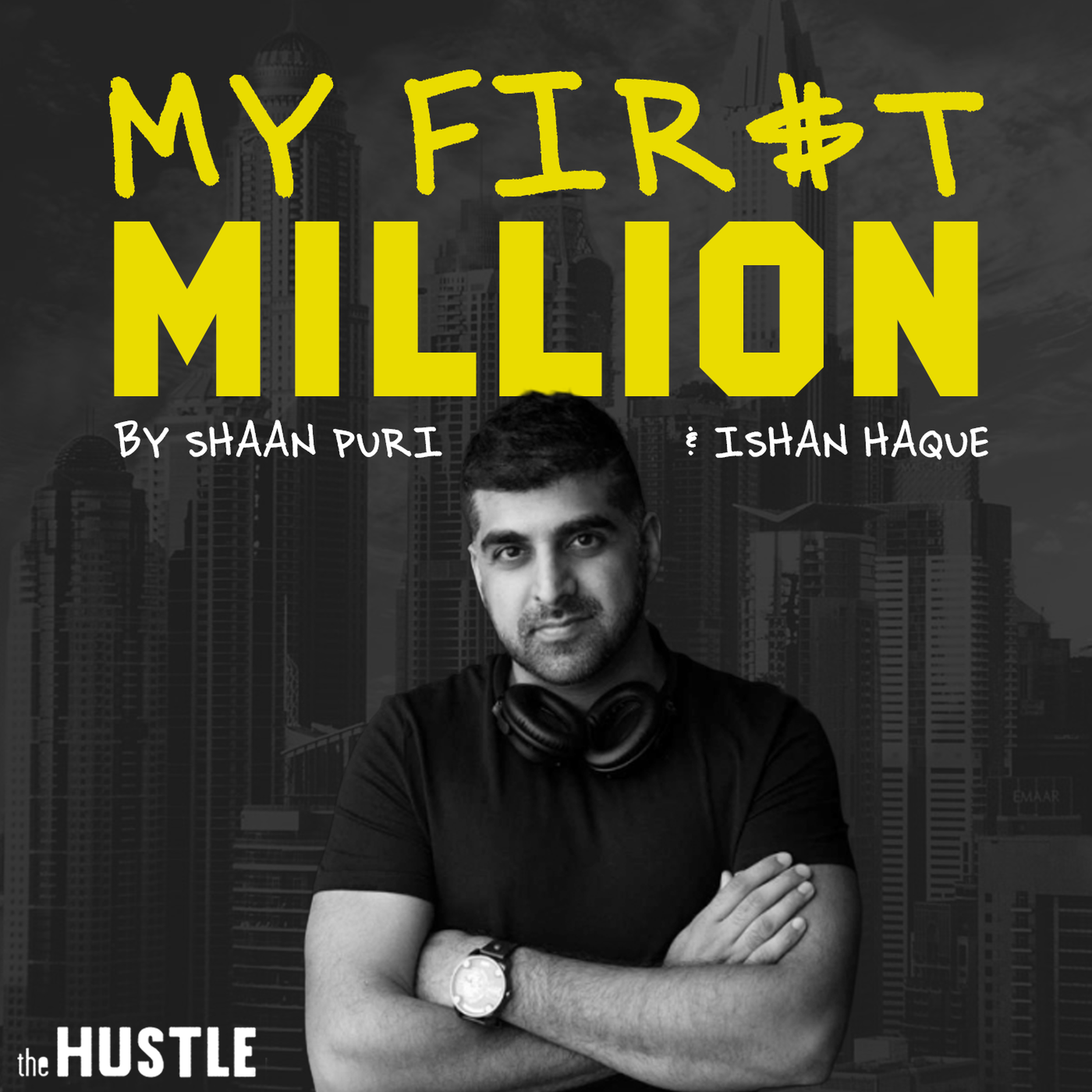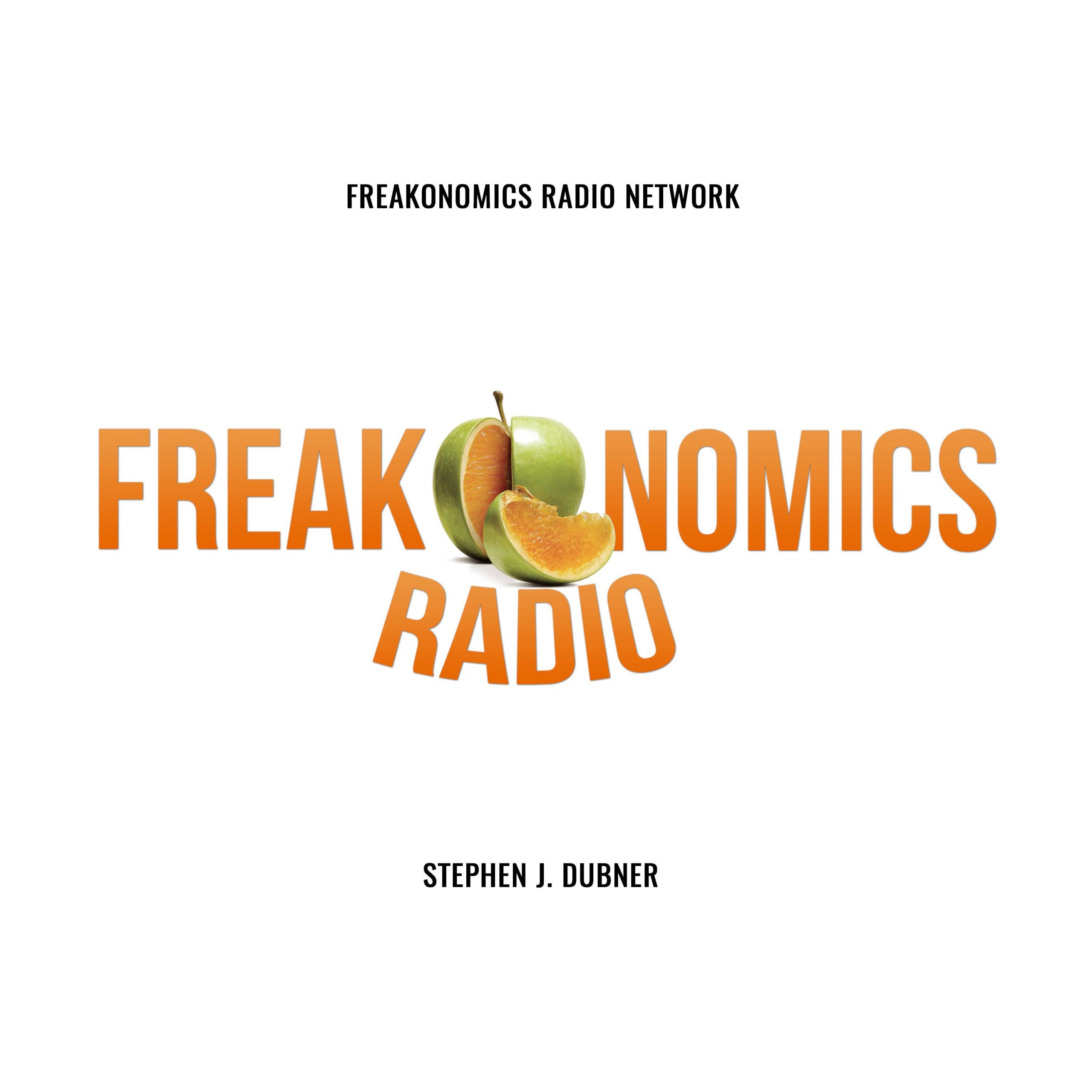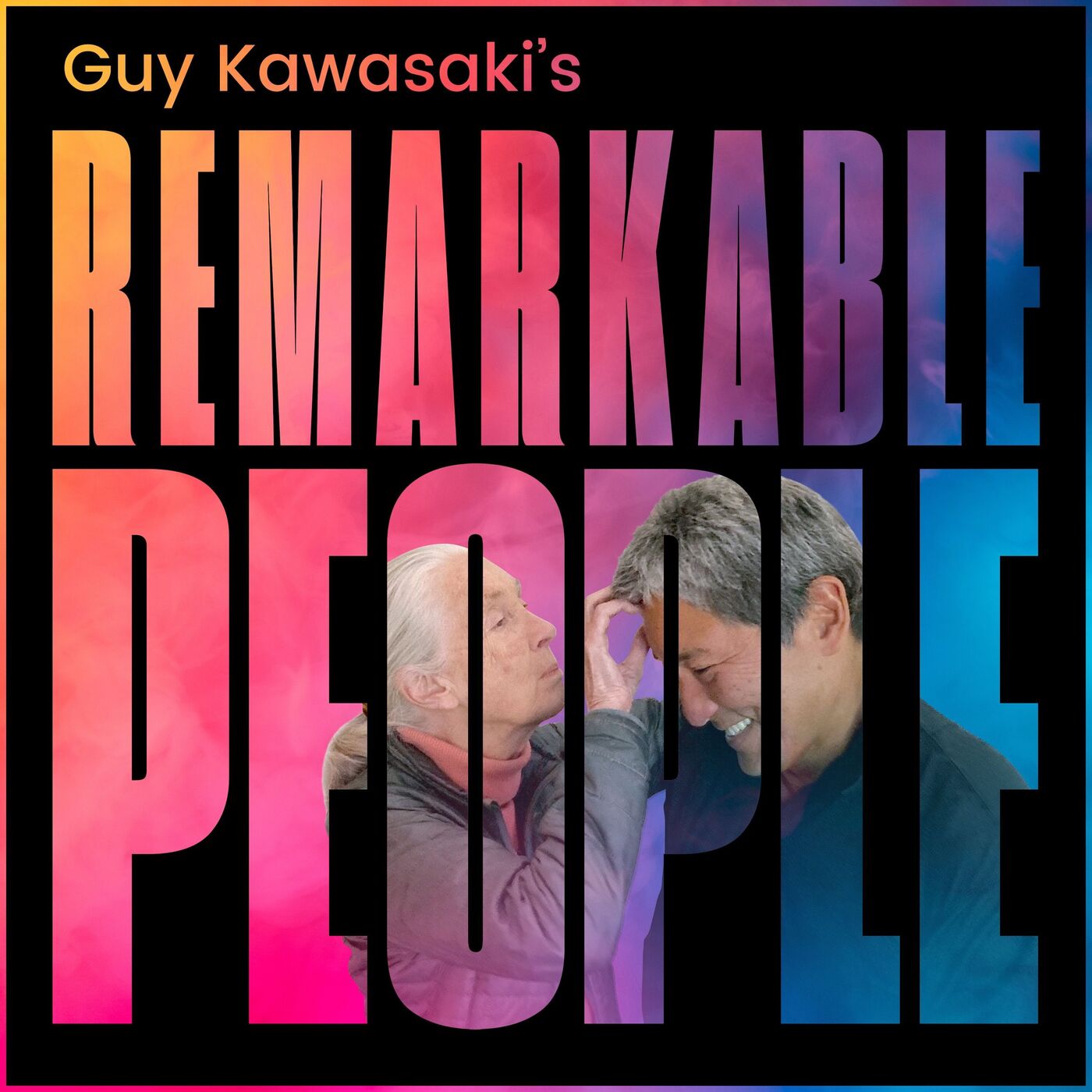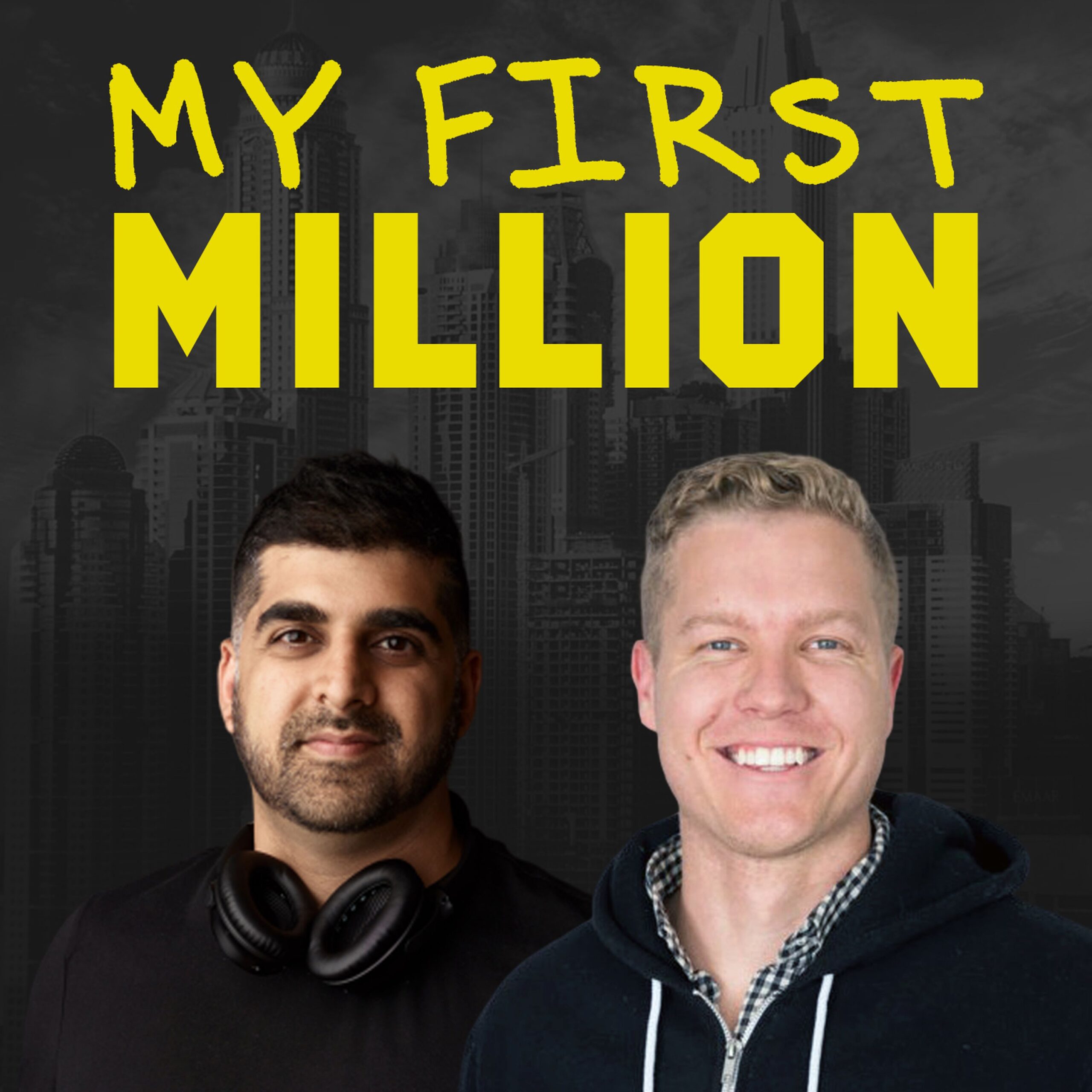#45 – Drones Washing Windows, Airpod Guided Tours & Mario Kart VR with Furqan Rydhan
Sam (@thesamparr) and Shaan (@shaanvp) are back talking news, trends, interesting products and businesses. Today we’re joined by Furqan Rydhan (@FurqanR) who is a tech badass. He was paid $120K as a 15 year old programmer during the Dot Com Boom, made a million dollar e-com biz at 17 and was an early employee at … Read more




